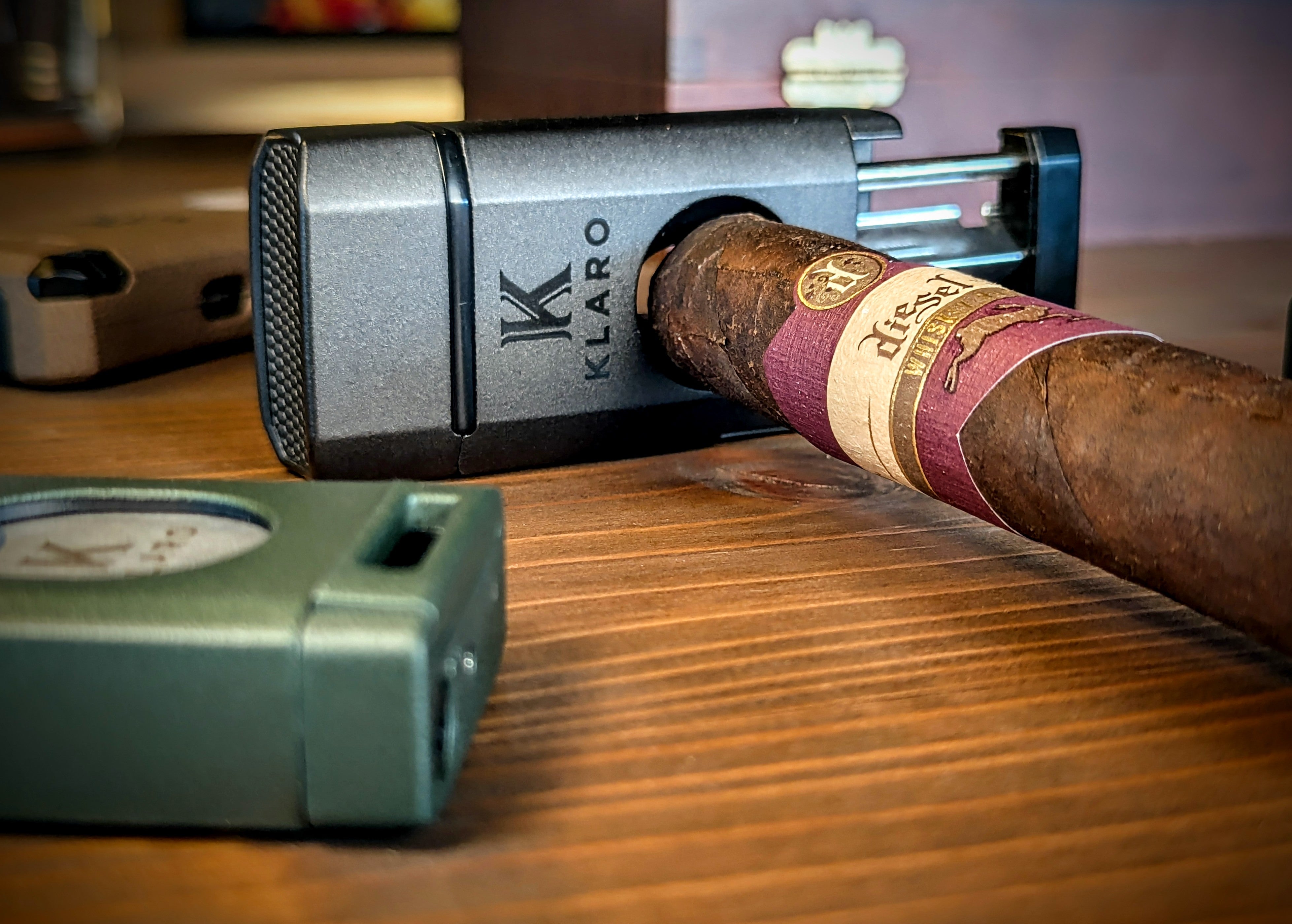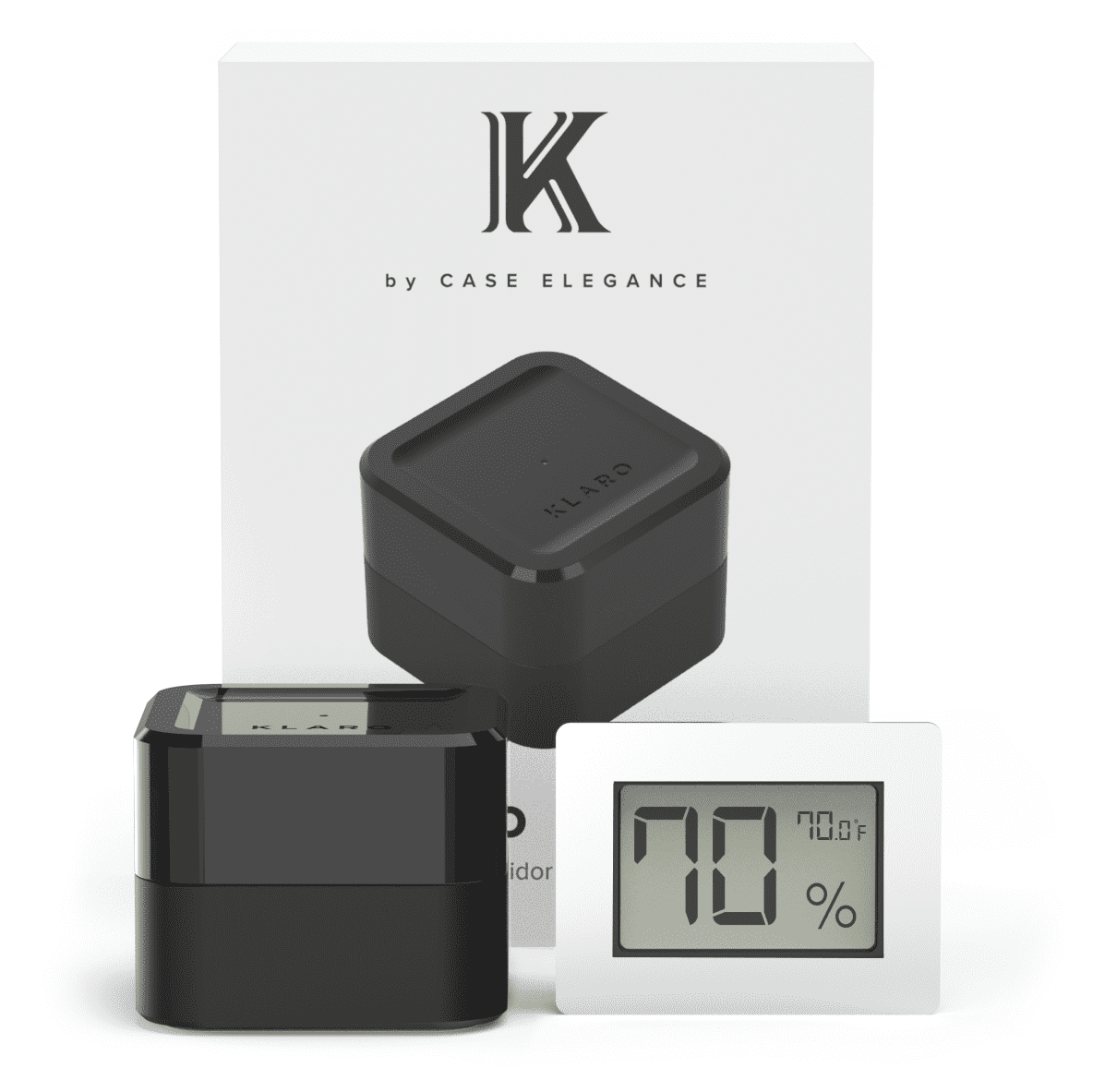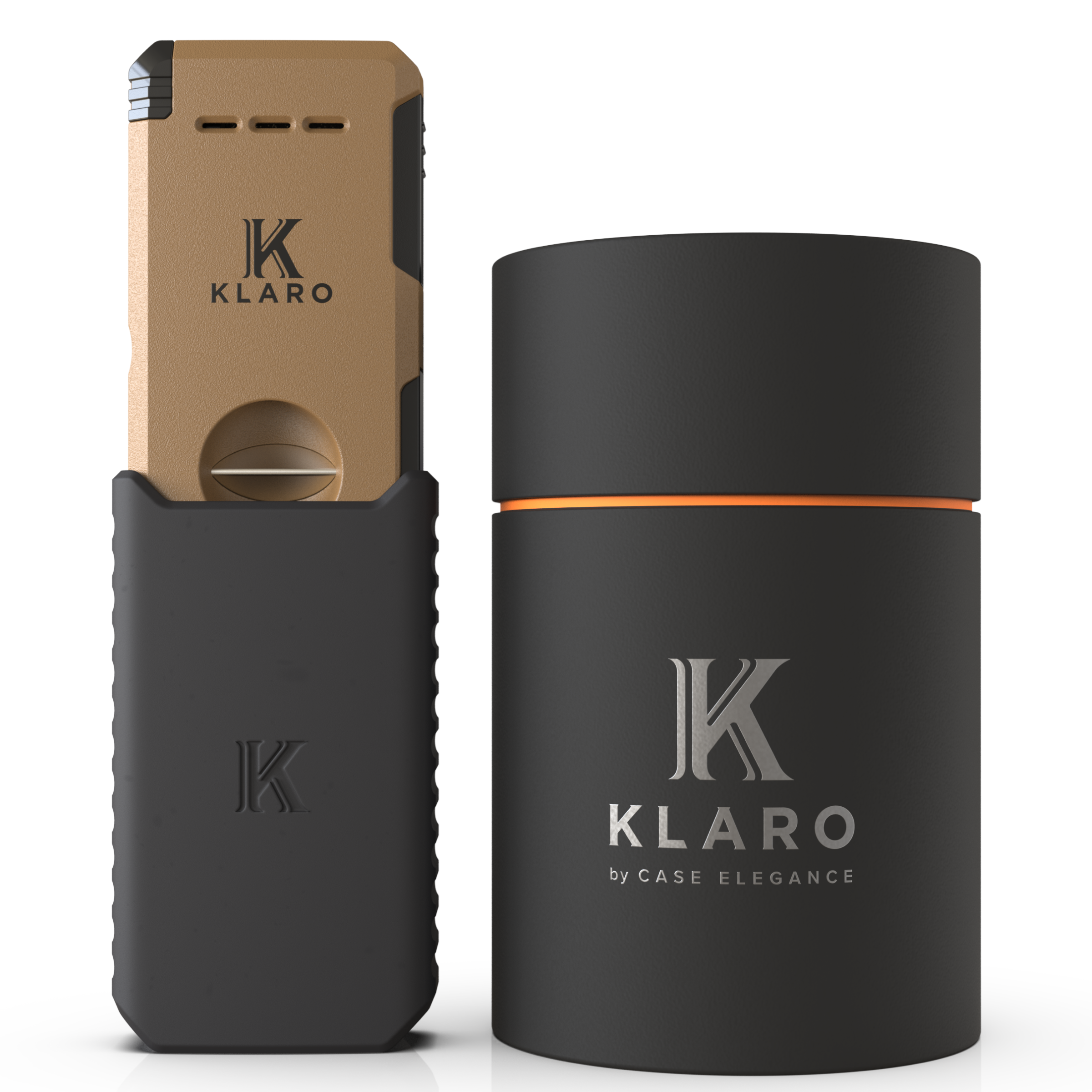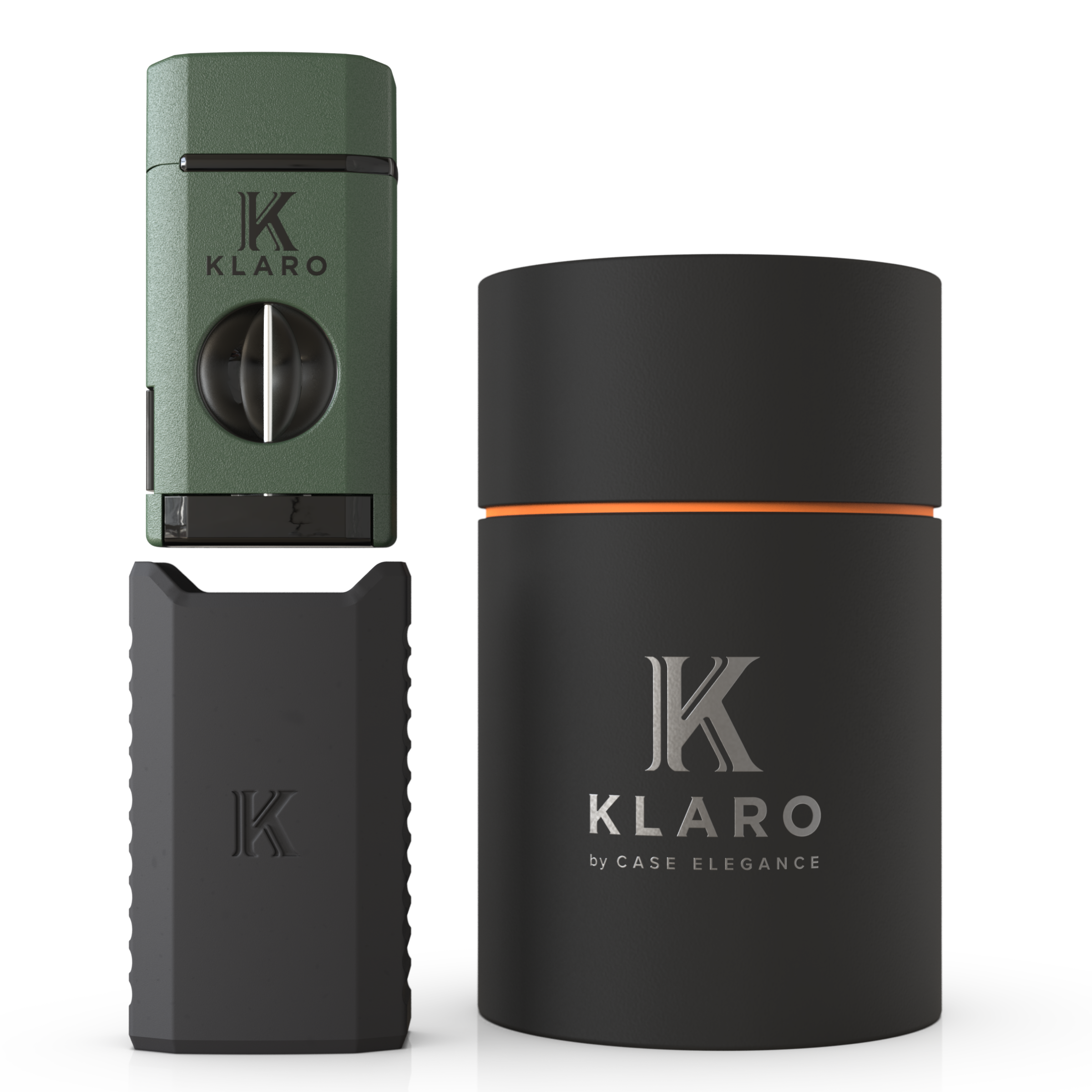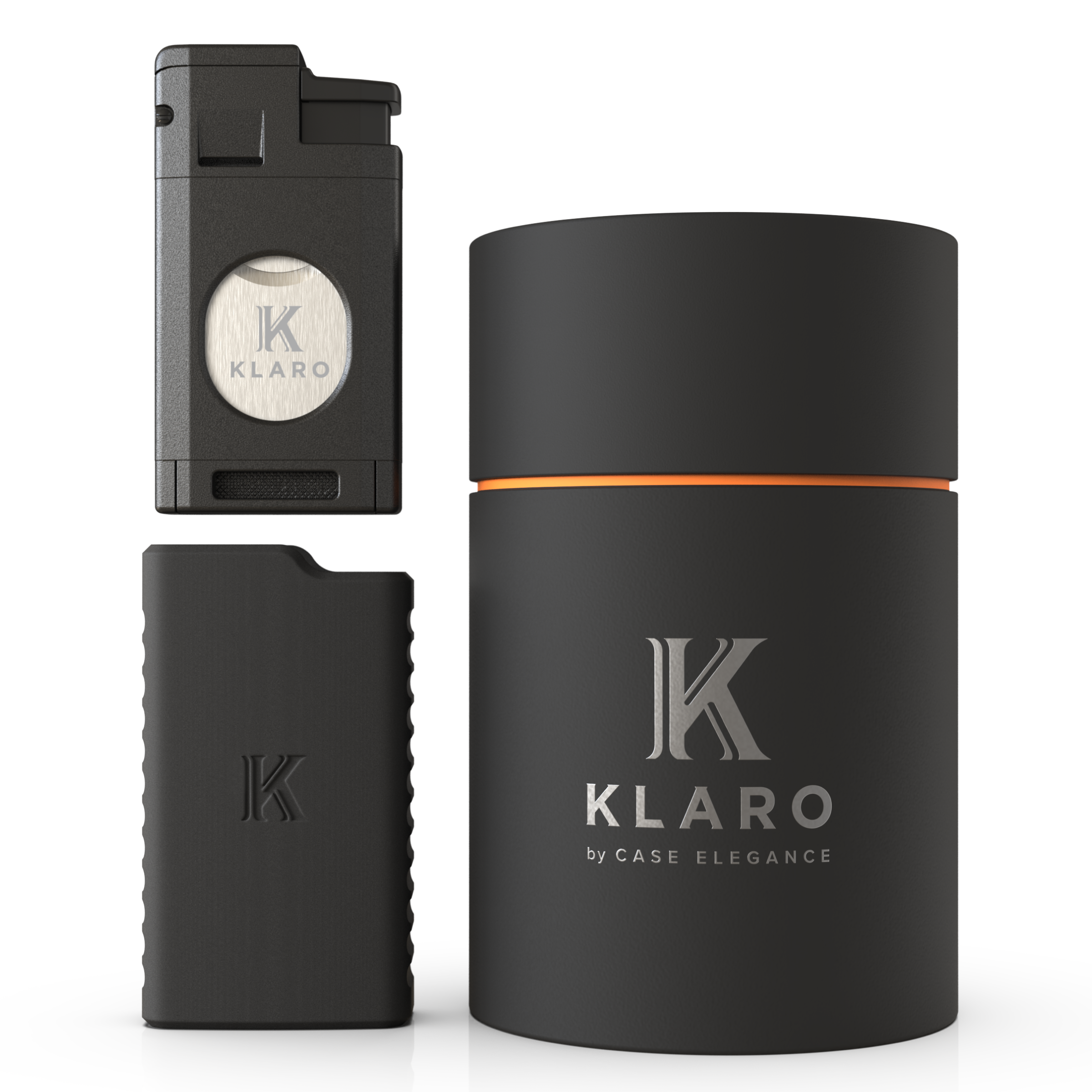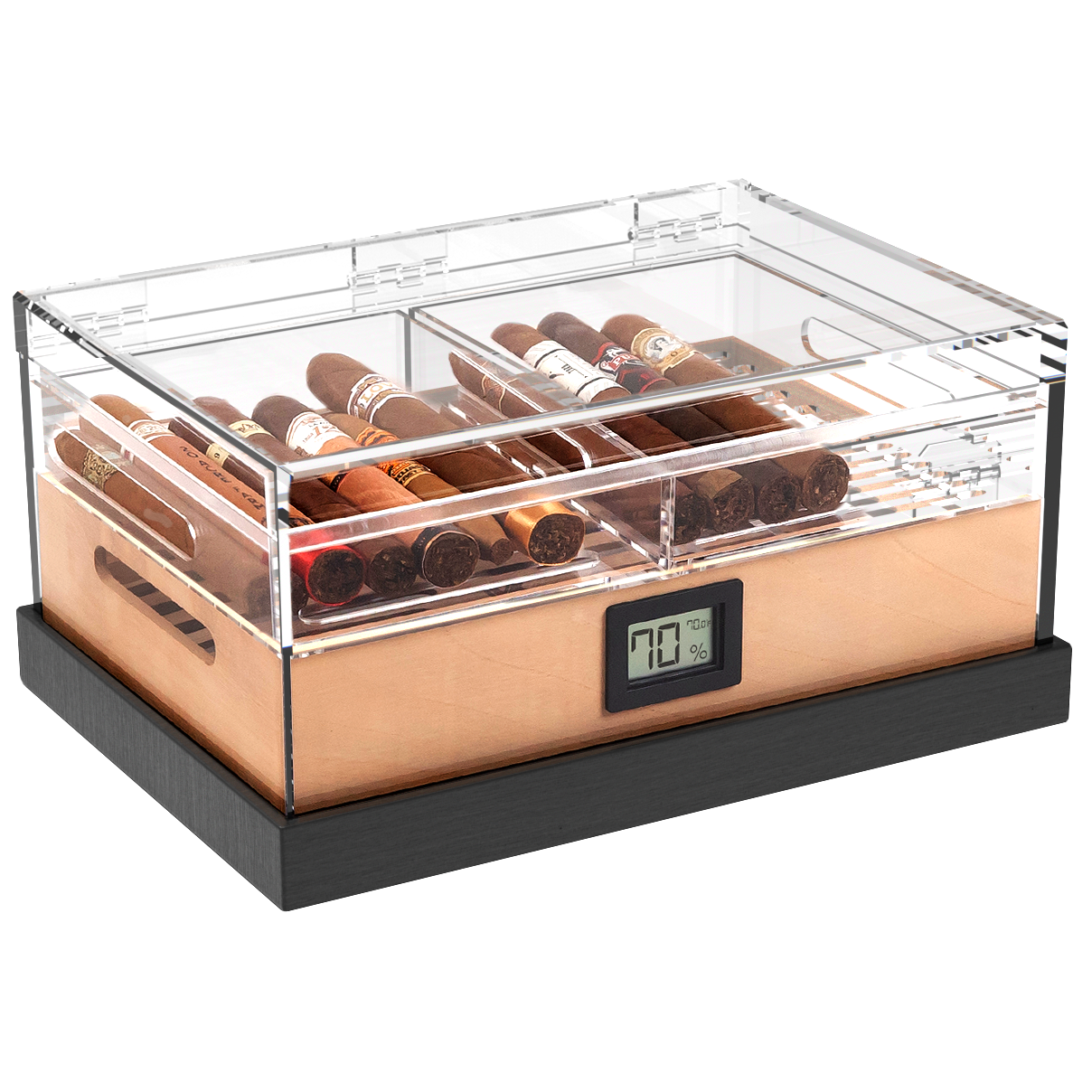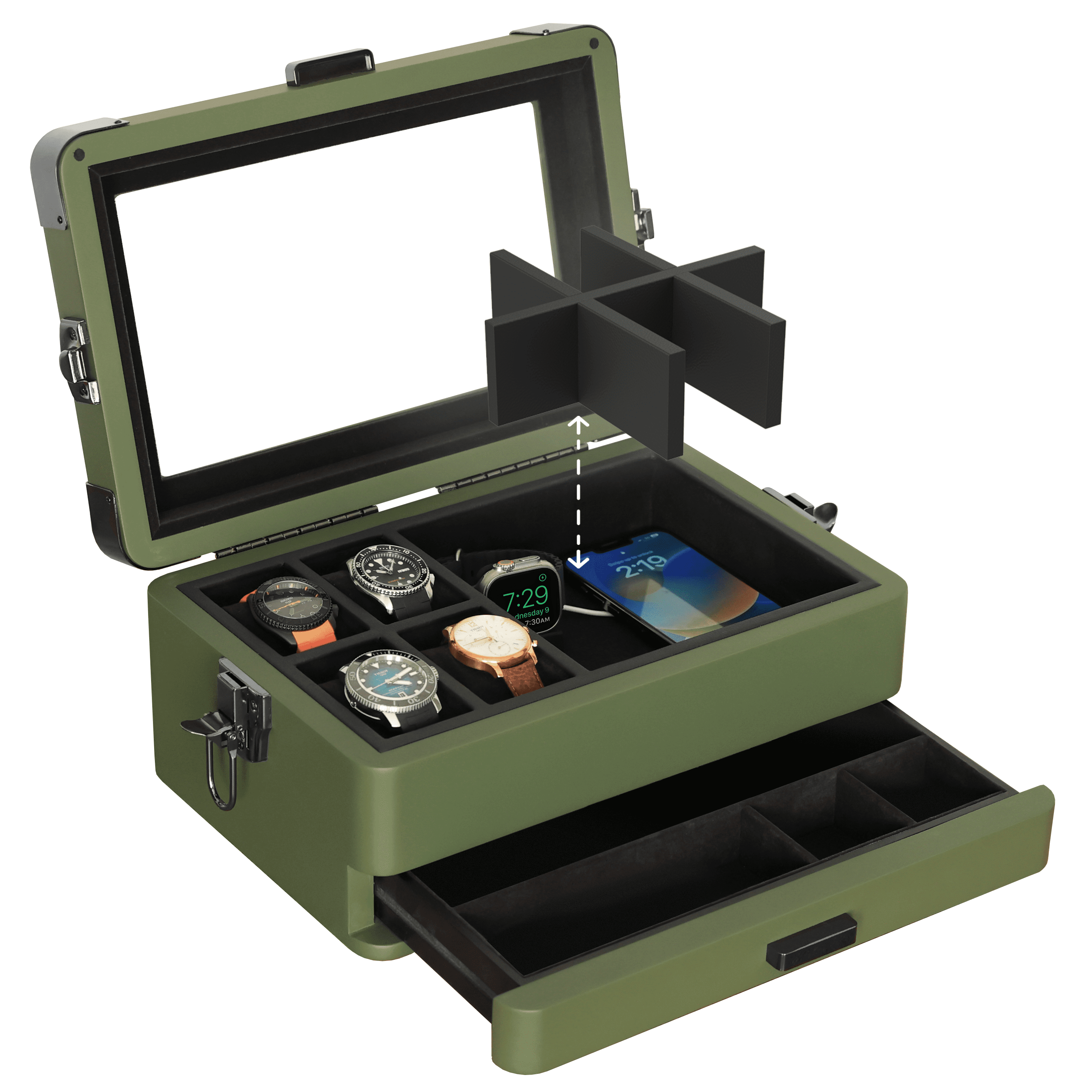A lot can throw a humidor out of whack–especially if the quality of the humidor itself is in question. Cigars can be resilient, and the occasional change in humidification isn’t always enough to permanently damage the tobacco. But that’s not outside the window of possibility. Fluctuations to your humidor’s humidity indicate something isn’t working as it should be. And it’s worth your cigar collection’s health to investigate and determine what’s gone wrong.
Too often, we blame the humidifier. The cigars are drying out unexpectedly, the hygrometer shows a decrease in humidity levels. Or the opposite occurs, and you find damp or moldy cigars and a hygrometer reading through the roof.
So you make changes to the humidification, believing that to be the problem: toss in another humidor pack, or try refilling the humidity tray, and re-wetting the foam. Or you try any number of other strategies to decrease humidity if that is more likely to be the problem.
But what if the humidifier isn’t the problem? The inner workings of a humidor are connected, and any problem needs to be routed through each component to find the culprit, the same way you would troubleshoot an unknown issue with your vehicle. Let’s explore humidification problems in your humidor. The more you know, the better your plan to make adjustments.
How Does the Humidor Humidifier Function?
Without a humidifier, a humidor lacks the fuel to do its job, which is to maintain an ideal storage environment for your cigars. Humidifiers–active or passive (more on that later)--are the source of the moisture that will be absorbed by the cedar, released into the air, and balanced to ensure the appropriate relative humidity for your cigars.
Common humidifiers include:
- Gels or crystals
- Humidor packs
- Water or humidor solution
- Electric humidifiers
- Floral foam
- Silica beads
Each of these humidity sources release moisture into the humidor where it is absorbed by the (preferably) Spanish cedar inlay to be released as needed. This humidity release happens naturally or mechanically–passive or active.
Passive Humidifier
Passive humidifiers release humidity into the humidor naturally through osmosis. Passive humidifiers include packs, trays, gels, or other moisture agents.
When your humidor struggles to maintain humidity levels, you’re likely to add passive humidification in the form of solution or packs or gels to increase humidity. But, unless you can visibly see that your humidor solution, water, or moisture source is dry, you can’t be sure this is the source of your problem.
The Klaro Hydro Tray is effectively located at the bottom of the humidor to allow for an increased surface area so more osmosis can occur, letting more moisture into the air.
Active Humidifier
Steam humidifiers, high-pressure spray misters, evaporation humidifiers, ultrasonic humidifiers–these mechanically release moisture into the air. Often, these are used for walk-in humidors, frigador models of humidors, or large-capacity cabinet humidors.
When these aren’t working as intended, it’s likely because they have run out of water or their power source has been compromised. If you can confirm the water is full and the power is sufficient–and if there are no visible signs like water leaks–then it’s unlikely this is the source of your humidity problem.
Hygrometer or Humidifier?
While we’re investigating humidification issues, let’s eliminate another potential problem: inaccurate hygrometer readings.
Hygrometers for humidors come in either analog or digital types. While you’ve likely heard analog hygrometers are inherently problematic and often produce inaccurate readings, it’s less widely known that many digital hygrometers can fluctuate, too. Often, this is caused by bad seals or bad sensor placement.
A digital hygrometer requires a good seal to ensure the sensor isn’t being influenced by outside air. Bad seals will result in bad readings.
Secondly, it matters where the digital hygrometers are placed–or where their sensor is placed. This can change depending on the size of your humidor and where the hygrometer is located. For example, it’s encouraged to place several hygrometers throughout a walk-in humidor to get a better understanding of how well humidity is distributed.
Some tips for testing and addressing hygrometer issues:
- Blow air onto the digital hygrometer. If it fluctuates, you likely have a bad seal.
- Calibrate your hygrometer often to ensure you are getting a good reading.
- If your humidor is large, use several hygrometers in different locations.
- Trust the condition of your cigars over the reading on your hygrometer.
Humidor Wood Thickness
Let’s keep following the line of possibilities when your humidity levels are fluctuating. Next up: are the humidor’s wood components functioning as they ought to?
The wood inlay of your humidor is an essential component to how humidity functions. Spanish cedar is the perfect humidor wood for this job because it allows the humidity in your humidor to breathe. It both absorbs excess humidity from the air and releases it when the air is dry.
The wood inlay acts as a sort of buffer with your humidifier, regulating the humidity levels depending on your humidifier’s performance. Too much humidity and the wood should be able to absorb it. Too little, and the wood should have enough moisture stored inside to release it, keeping humidity levels normal until you can refill your hydro tray, replace packs, gels, or beads, or refill your electric humidifier.
The problem occurs when there the wood in the inlay is too slight and thin to act as a barrier against too much or too little moisture. Thin wood doesn’t allow for much absorption or much release. During the design process, Klaro humidors are built with 5mm of Spanish cedar to ensure they have plenty of depth to help with humidity regulation.
Prior to buying a cigar humidor, investigate the amount of Spanish cedar used during manufacturing. Often, humidors will advertise being made from Spanish cedar, but only a minuscule .2mm covering is used, which is not enough to be able to respond to humidity fluctuations.
Humidor Lid Seal
Lastly, another very common cause of humidity fluctuations is the lid of your humidor. If the seal on the lid of your humidor can’t hold a leak, you will continue to have problems with the humidity and the humidifier. You will fight an uphill battle as humidity will constantly be released. Use the dollar bill test to check the lid’s seal. If compromised, it’s likely time for a new humidor. There are ways to fix a bad leak with silicone, but know this process will likely require several attempts.
But it’s not just lid leaks that can harm the effectiveness of your humidor. Every time you open the lid you are exposing your cigar collection to the outside air. This fluctuation, depending on how often, can eventually harm your collection. The question is: why are you opening the humidor so often? The benefit of a glass top humidor, like the Belmont Glass Top Humidor, is you can peruse your collection without opening the humidor lid. This reduces the amount of exposure of outside air.
When the Problem Is the Humidifier
If you’ve been able to eliminate these other factors and your humidity levels still seem to be fluctuating, there are situations when the humidifier is the culprit. So what are some of the signs that will indicate if it’s the humidification system that isn’t functioning properly?
Damp Cigars
If you find that cigars are damp, this is likely an indication that they are located too close to the humidifier. Proximity and humidity correlate, and if your cigars are stored directly above or next to the humidity source, they could become damp. If this is your situation, attempt to relocate those cigars or only store cigars in this area that are in a protective tube or case. This can be the result of an overactive humidifier or a humidifier with a large evaporation area that’s close to the cigars.
Dry Cigars
Your cigars will dry out if the air around them is dry. While you need thick Spanish cedar to be able to respond by absorbing or releasing humidity, it can do this properly if you haven’t seasoned your humidor. Seasoning your humidor gives the wood an opportunity to absorb the moisture it needs in order to release it later. If you have trouble keeping your humidor at a high enough humidity level, seasoning might be the next best option.
Damp Areas
If your humidor is ever damp in a location or shows water drips, that’s a serious indicator that your humidifier is not working as it should–especially if using an electric humidifier. Damp areas indicate a leak, and this can lead to mold, which will quickly ruin your cigar collection. If you find damp areas and there is fluctuation with your humidity levels–up or down–you need to consider replacing or repairing the electric humidifier.
Parting Puffs
Extreme humidity fluctuations can put your cigars through a harmful back-and-forth of dry and damp conditions, causing tobacco to expand and constrict. In the worst examples of extreme humidity fluctuation, you will find wrappers that have burst because the filler has expanded so much.
But the more you get to know your humidor, the better you’ll be at quickly identifying an issue before it becomes severe.
To learn more about humidor maintenance and functionality, be sure to check out our comprehensive, complete guide to humidors to address all your questions about humidors and cigar storage and maintenance. Happy smoking.







